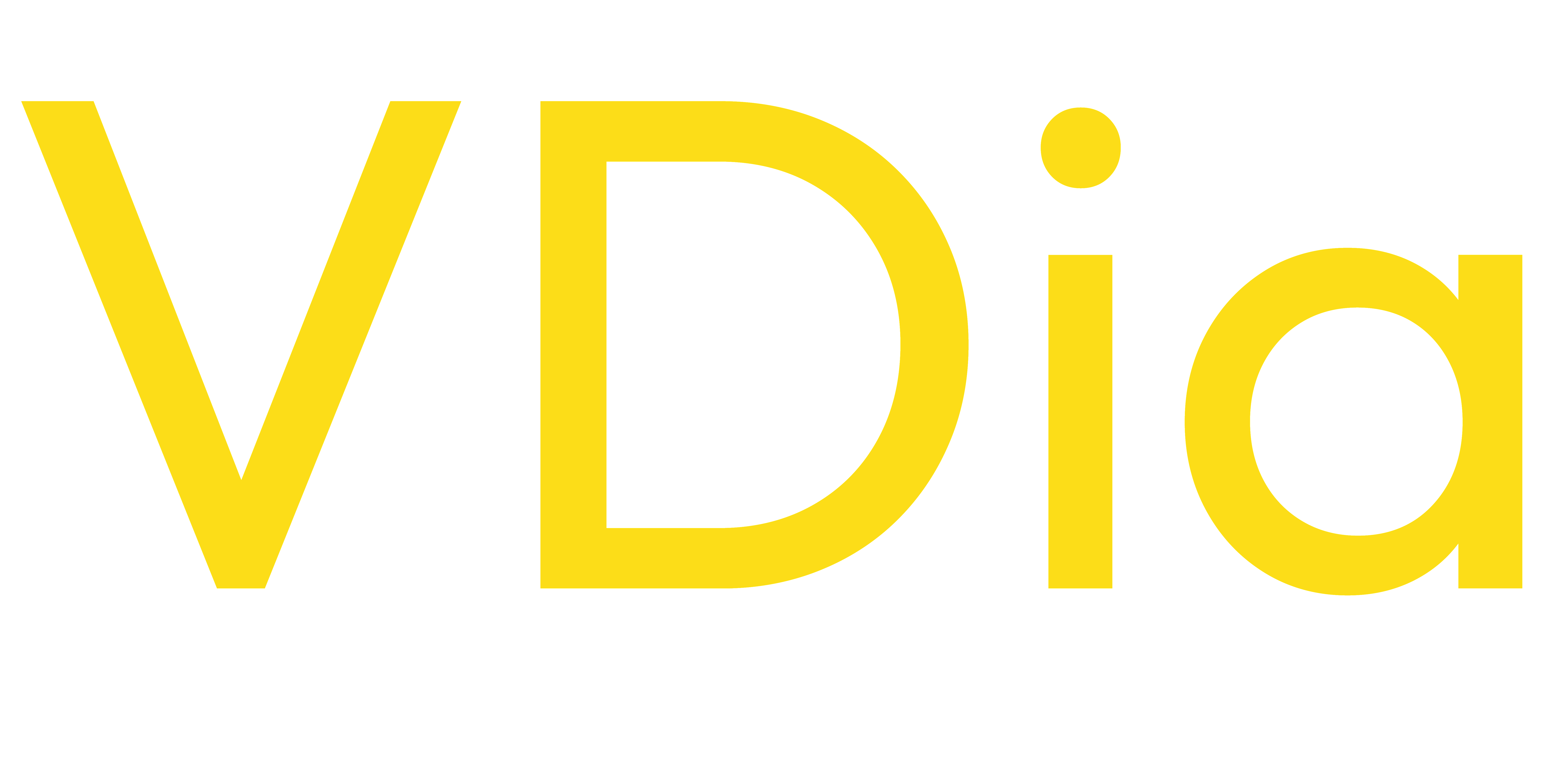Credo Solo
Summary
VitaSIRO solo is a lightweight, standalone, cartridge-based real-time PCR system that integrates magnetic-bead nucleic-acid extraction and multiplex PCR in a single “sample in, results out” workflow. It supports a broad range of specimens (UTM/VTM, blood, urine, saliva, feces, etc.), shows real-time amplification curves/Ct on a 7" touchscreen, and can deliver results in about 40 minutes (assay-dependent). The platform is portable (3.6 kg), plug-and-play (no extra equipment), connects to LIS/HIS via POCT1-A, and targets multiplex detection (marketing notes up to 6 targets per run; overview mentions up to 8, likely assay-dependent). Menus cover respiratory, HAI (MRSA), women’s health/STIs, GI pathogens, human genotyping, and more (some assays CE-IVDD; others under development/RUO).
Please Log In to access Product Datasheet ...

